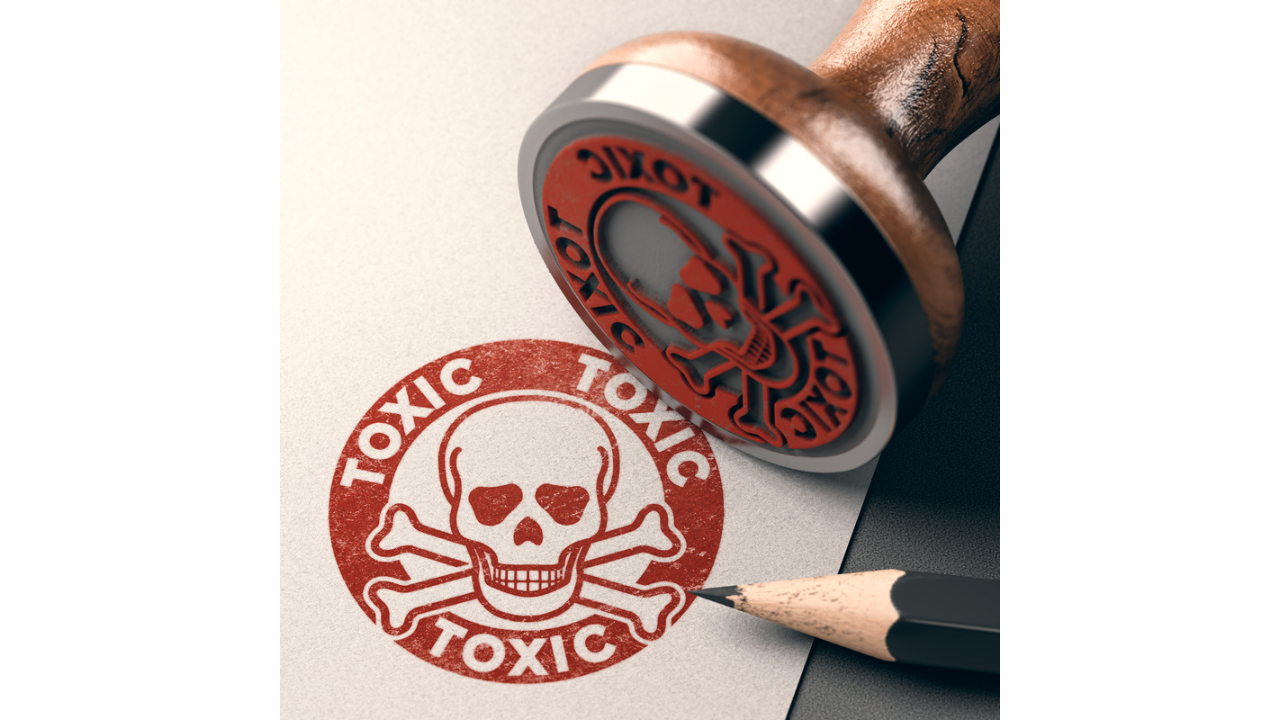As summer approaches and many people take vacations or otherwise slow down a bit, it’s a great time to review your current clients. We’ve covered how to do a client review in the past.
But what happens when you complete a client review and realize just how toxic one of your clients is.
Hopefully you’ve never had this type of client, one that makes you and/or your team cringe with every Zoom, every call and every email and has team members looking for other positions so they don’t need to deal with this client.
In 19 years, we’ve had three.
If you do, in many cases, the answer is simple, wish them well, let the client go and move on. This is one of the reasons we include “easy out” clauses in our agreements.
Then there are the other cases… where your business isn’t in a financial position to let the toxic client go.
Letting them go may mean you need to let team members go, cut your pay, make drastic cuts that prohibit you from running the business properly or even a combination of all three.
This is especially true if the toxic client is the source of significant revenue as a percentage of total revenue.
The three toxic clients I mention above? Two of them were our biggest clients at the time and we’ve implemented each of the below three options.
In this case, you have a few options:
- Let the client go and make the hard financial decisions, rebuilding afterwards.
- Explain the situation to your team so they understand why you haven’t let the client go — full transparency is better than them thinking you don’t care and are tossing them to the “wolf”.
- If one of your team members is the primary contact for this client, take over that job yourself so they don’t have to deal with them directly — ownership of this client relationship should be with you until you can let them go.
Note: If the client is toxic with your team and a sweetheart with you, they’re still toxic. If a client doesn’t respect my team, they don’t get to be one of our clients. Period.
Regardless which option you select, focus on business development and replacing the client as soon as possible.
If you’re able to keep them on board while you focus on new business development, it’ll ease financial pressure as long as maintaining the client relationship doesn’t stress you to the point that you dislike your business or your team to the point where they quit.
And, going forward, focus your business development efforts in a way that ensures revenue is coming in from multiple sources such that if a client leaves (or you let them go), it doesn’t jeopardize the business overall.
Releasing toxic clients not only frees up time and energy in dealing with them, it frees up HUGE mental and emotional bandwidth. For us, in each case, we quickly replaced that revenue with higher revenue that was more leveraged.
